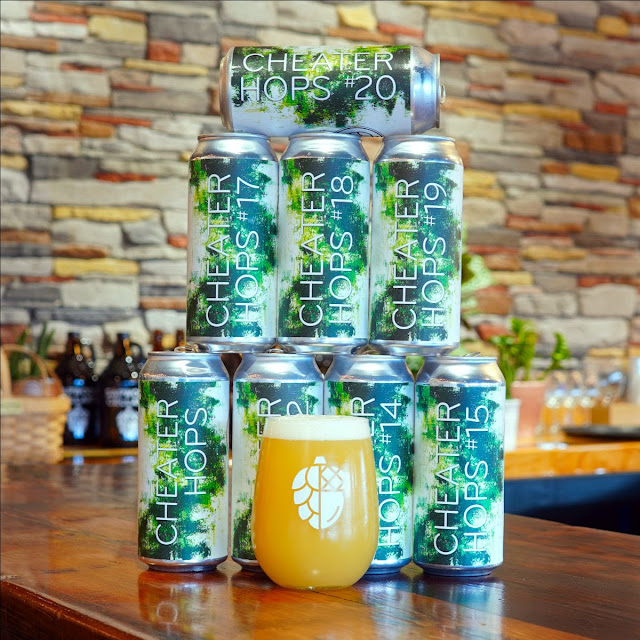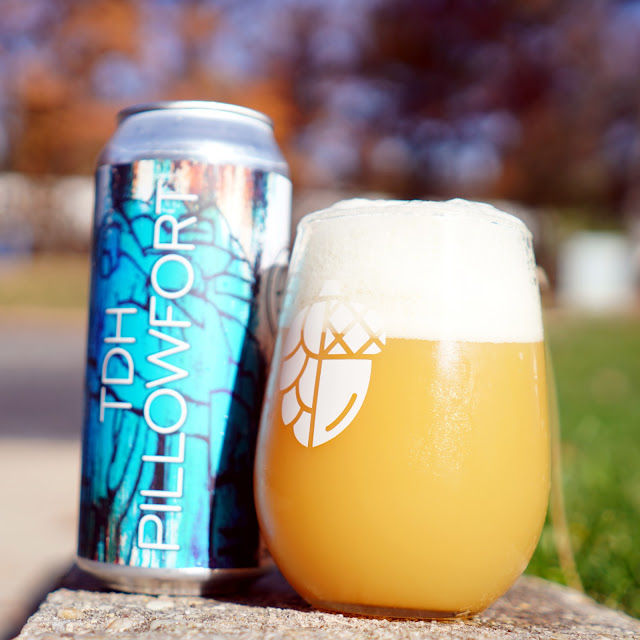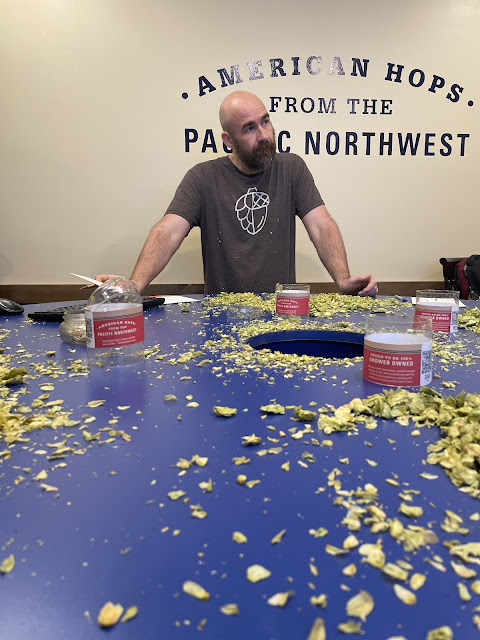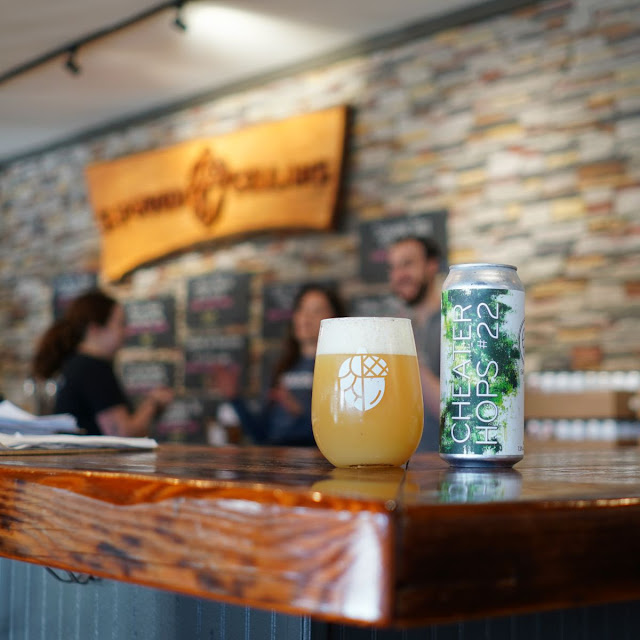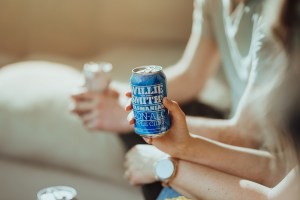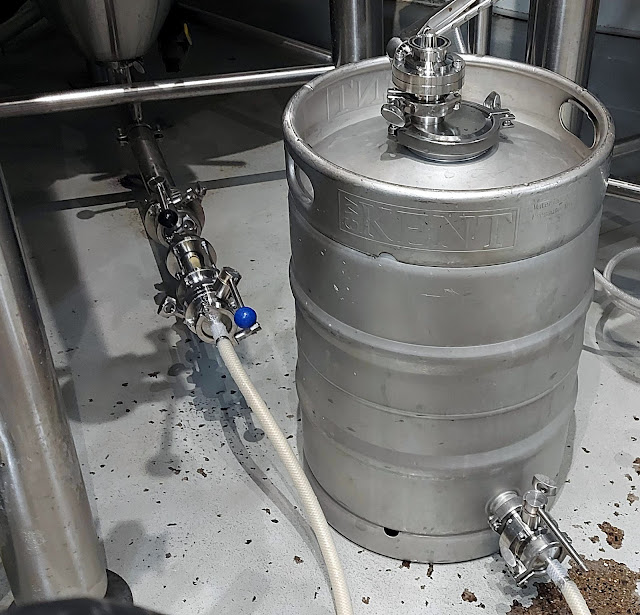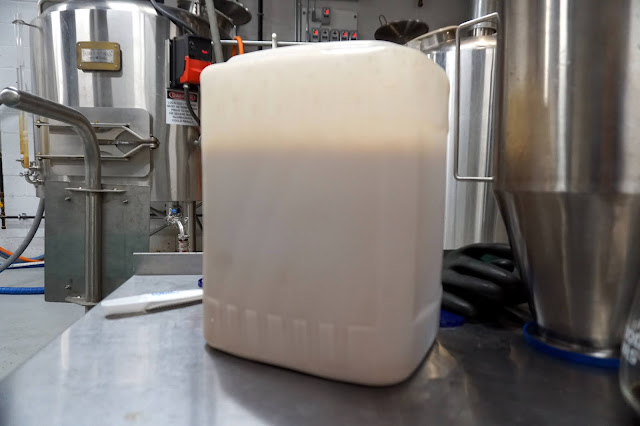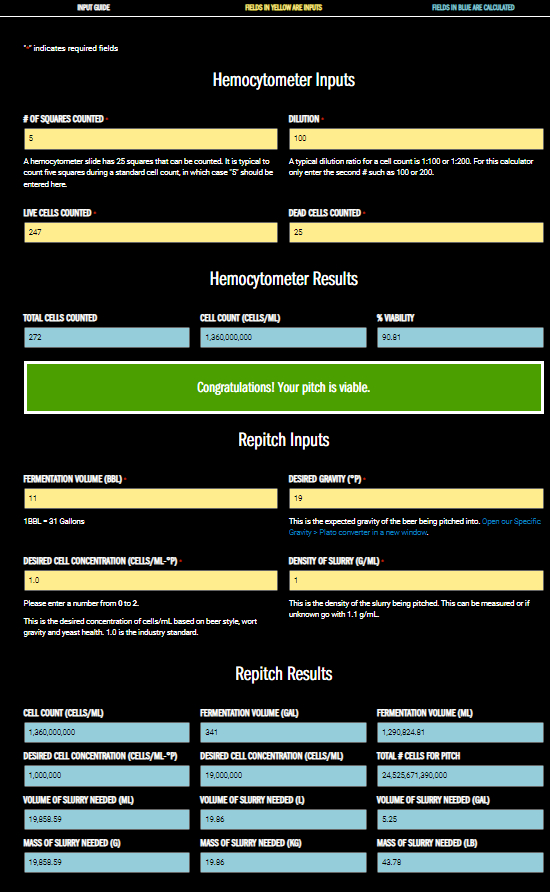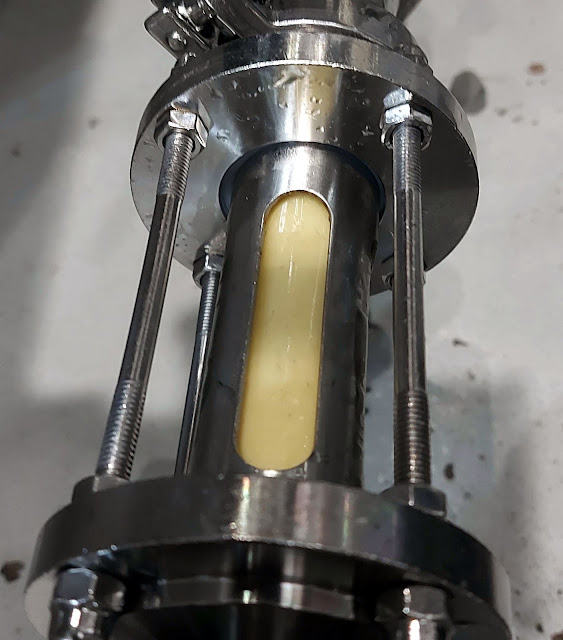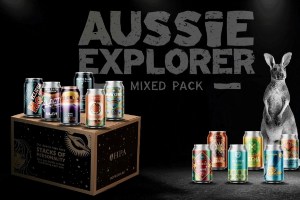 John Blichmann joins me this week to discuss professional brewing equipment and many of the equipment options a new Craft brewer faces when setting up a brewery. Subscribe on iTunes to Audio version or Video version or Spotify or Google Play Download the MP3 File– Right Click and Save As to download this mp3 file. […]
John Blichmann joins me this week to discuss professional brewing equipment and many of the equipment options a new Craft brewer faces when setting up a brewery. Subscribe on iTunes to Audio version or Video version or Spotify or Google Play Download the MP3 File– Right Click and Save As to download this mp3 file. […]  John Blichmann joins me this week to discuss professional brewing equipment and many of the equipment options a new Craft brewer faces when setting up a brewery. Subscribe on iTunes to Audio version or Video version or Spotify or Google Play Download the MP3 File– Right Click and Save As to download this mp3 file. […]
John Blichmann joins me this week to discuss professional brewing equipment and many of the equipment options a new Craft brewer faces when setting up a brewery. Subscribe on iTunes to Audio version or Video version or Spotify or Google Play Download the MP3 File– Right Click and Save As to download this mp3 file. […] 

